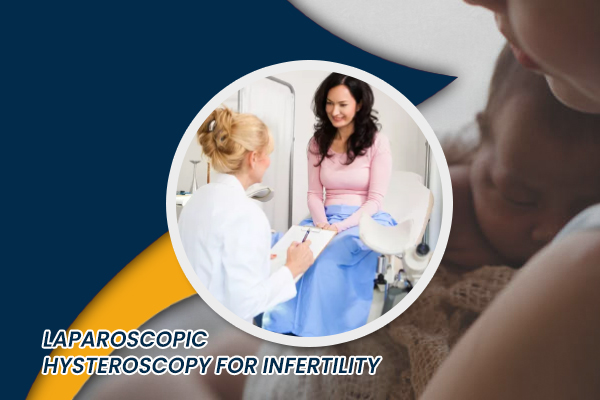Hysteroscopy-laparoscopy can be used to diagnose and treat uterine, tubal, and ovarian disorders. They provide a benefit in terms of diagnosing and treating female infertility in one session. When compared to HSG, it is more accurate in 25% of instances and increases the pregnancy rate to 35%-45%, which is approximately identical to 56.52 % in cases with normal hysteroscopy-laparoscopy results.
Hysteroscopy: Cycle Days 6–10 are used for the test, with Cycle Day 1 being the beginning day of the period. A blood pregnancy test will be conducted prior to the treatment if complete flow of menses does not occur. Patients who are having this treatment should take 800 mg of ibuprofen or another over-the-counter pain reliever one hour before to the operation.

As a result of the hysteroscopy, you may have cramping. To avoid a uterine infection, an antibiotic called doxycycline (100 mg) may be administered. Starting the day before the HSG, doxycycline will be given twice day for three days—the day before, the day of, and the day following the hysteroscopy.
Laparoscopic: The laparoscope allows the fertility expert to see inside the body, including the ovaries, uterus, tubes, and other internal organs. The laparoscope, which is an outpatient technique, is now used to perform many sophisticated procedures that formerly required opening the abdomen (laparotomy). A laparoscope causes relatively little discomfort and has a quick recovery period. It is also less expensive than other treatments.
The diagnostic laparoscopy should be performed by a reproductive endocrinologist or fertility expert. Fertility doctors have spent years honing their skills in precise microsurgical techniques. One of the most compelling reasons to see a specialist is that many problems, such as endometriosis, may be addressed during the diagnostic laparoscopy, avoiding the need for a second treatment.
